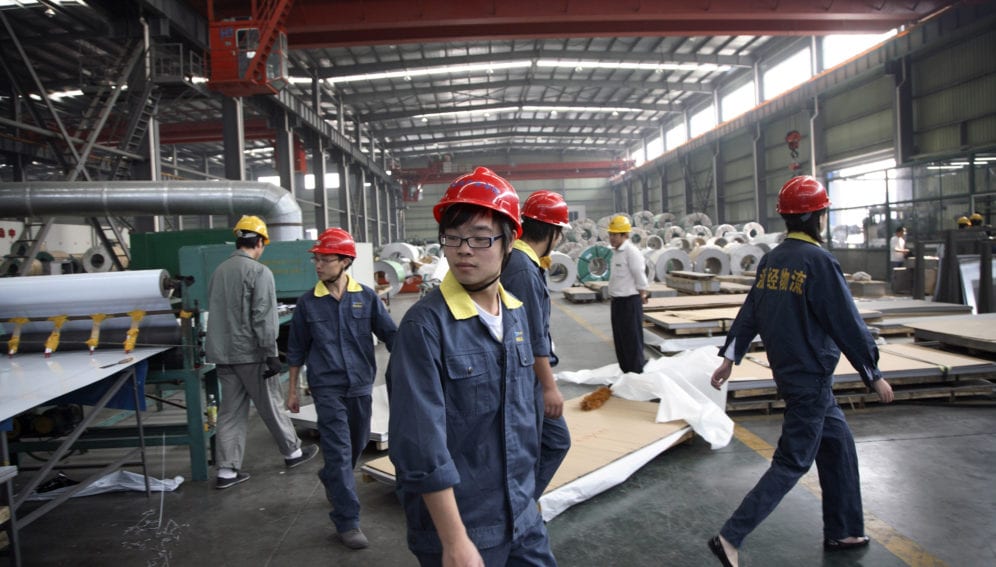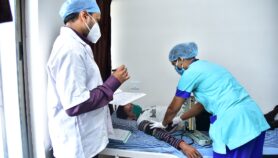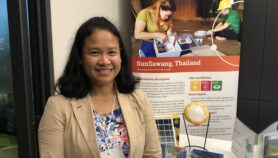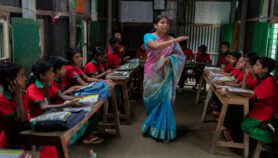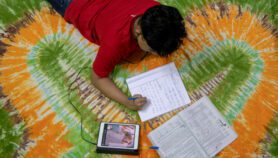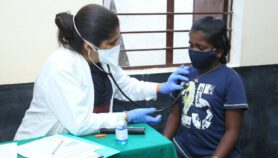By: Crispin Maslog
Send to a friend
The details you provide on this page will not be used to send unsolicited email, and will not be sold to a 3rd party. See privacy policy.
Asian countries are investing in science education and preparing for the jobs of tomorrow.
Remember the switchboard operator, telegraph operator, telegram boy and linotype operator? They are just a few of the communication-related occupations that have vanished over the years as society and technology have evolved.
“Operator, please connect me,” we used to say to the switchboard operators of the phone companies back in the day when they had manual switchboards. The operators, mostly women, would then plug the call. Automated switchboards came in the 1960s. By the 1980s, switchboard operators had vanished.
The electric telegraph, invented in the 1830s, became the fastest way to communicate until it was overtaken by the telephone in the 20th century. The telegraph operator used the Morse code to send messages. When the telephone came, the telegraph operator disappeared.
Together with the telegraph operator was the telegram boy who delivered the typewritten messages either on foot or by bike and later by motorcycle. When the telegraph operator disappeared in the 1970s, so did he.
Linotype machines were used by newspapers and magazines for typesetting from the late 19th century until the 1980s, when computer technology made them obsolete. (1)
Training for non-existent jobs
And the evolution continues. “In many industries and countries, the most in-demand occupations or specialties did not exist 10 or even five years ago, and the pace of change is set to accelerate. By one popular estimate, 65 per cent of children entering primary school today will ultimately end up working in completely new job types that don’t yet exist,” said the World Economic Forum.
“The question now is how businesses, governments, organisations and individuals will meet the challenge of change to avoid talent shortages, mass unemployment and growing inequality”
Crispin Maslog
This rapidly evolving jobs and employment landscape makes it urgent for businesses, governments, organisations and individuals to anticipate future job requirements or they will be left on the wayside to progress.
The world needs to seize the moment, according to the World Economic Forum (WEF)’s 2016 annual report. We are starting the Fourth Industrial Revolution.
“Developments in genetics, artificial intelligence, robotics, nanotechnology, 3D printing and biotechnology, to name just a few, are all building on and amplifying one another. This will lay the foundation for a revolution more all-encompassing than anything we have ever seen,” WEF explained.
It added: “Smart systems — homes, factories, farms, grids or cities — will help tackle problems ranging from supply chain management to climate change. The rise of the sharing economy will allow people to monetise everything from their empty house to their car.”
The impending change holds great promise but also poses major challenges requiring proactive adaptation. As entire industries adjust, most occupations undergo fundamental transformation. Some jobs are threatened by redundancy and will be replaced. Others will flourish, needing only a change in the required skill sets. New jobs will be developed.
Demographic, technological drivers of change
Major drivers of change are the evolving work environment and flexible working arrangements. New technologies are making possible working from home and teleconferencing.
I write monthly columns for SciDev.Net, newspaper articles and books from my home on a university campus in the middle of a 4,244-hectare forest reserve in a small town. My son runs an online store from his room in another part of our house. My wife’s cousin is an architect who holds office in Orlando, Florida, US, but is employed by a company with its main office in New York City.
More organisations will soon have smaller pools of core employees backed by external consultants. The Asian Media Information and Communication Centre, based in Manila of which I am a board director, and the Asian Institute of Journalism and Communication, of which I am a consultant, hold teleconferences regularly to manage our organisations. I don’t have to go to our Manila office to participate in meetings.
“Another major factor for change in the future world is mobile internet and cloud technology,” the WEF continued in its 2016 report. Mobile internet has applications that enable more efficient delivery of services and opportunities to increase work force productivity. With cloud technology, applications can be delivered with minimal or no local software or processing power, enabling the swift spread of internet-based services.
Other technological drivers of change include advances in computing power and big data. Advanced robots with enhanced senses, dexterity and intelligence will also come into the picture.
Asia rises to the challenge with STEM
The question now is how businesses, governments, organisations and individuals will meet the challenge of change to avoid talent shortages, mass unemployment and growing inequality. We need to take a proactive approach. Education must become relevant.
Enter STEM education — science, technology, engineering and math education. These fields are where the jobs are, according to the US National Math and Science Initiative (US NMSI).
“Jobs in computer systems design and related services – a field dependent on high-level math and problem-solving skills – are projected to grow 45 per cent between 2008 and 2018,” said US NMSI. Professions include biomedical engineers, network systems and data communications analysts, and medical scientists,” it continued.
In June, top Philippine educators met in a high-level conference to tackle the problem of educating the future manpower for Asia and the world. Next to Indonesia, the Philippines has the largest pool of manpower in the region — 26,629,845 learners.
Of this number, 921,000 are in senior high school, and only 226,688 are on the STEM track, according Lorna Dig-Dino, undersecretary at the Department of Education. Compounding the students’ lack of interest in STEM is the fact that teachers are also ill-prepared to teach the relevant subjects. This conundrum can be seen repeated throughout South-East Asia.
It is encouraging to note, however, that despite these issues, overall, Asia is keeping up with the new industrial revolution. WEF predicted that by 2020, Asia will account for 66 nb b per cent of the global middle class and 59 per cent of middle-class consumption.Between 2008 and 2016, the Asia-Pacific contribution to research increased from 13 per cent to 31 per cent. China is now the second-largest producer of scientific papers after the US, with nearly 11 per cent of the world’s total. It leads the emerging nations with 1.4 million researchers. China is also creating new technology universities by the dozen and has replaced the US as the world’s top high-technology exporter.
Meanwhile, Singapore has invested heavily in making that country a medical science hub and attracting the world’s best talent. Among South-East Asia’s 200 million millennials, e-commerce is booming. It is getting a lot of attention in markets like Indonesia, Malaysia and Singapore, with the majority of shoppers being millennials.
These nations and the other advanced Asian countries — Hong Kong, Japan, Korea and Taiwan — have also forged ahead. Asia has begun to keep up with the West in science research, innovation and STEM education.
Crispin C. Maslog, former journalist with Agence France-Presse, is an environmental activist and former science professor, Silliman University and University of the Philippines Los Baños, Philippines. He is a founding member and now Chair of the Board, Asian Media Information and Communication Centre, Manila.
This piece was produced by SciDev.Net’s Asia & Pacific desk.


